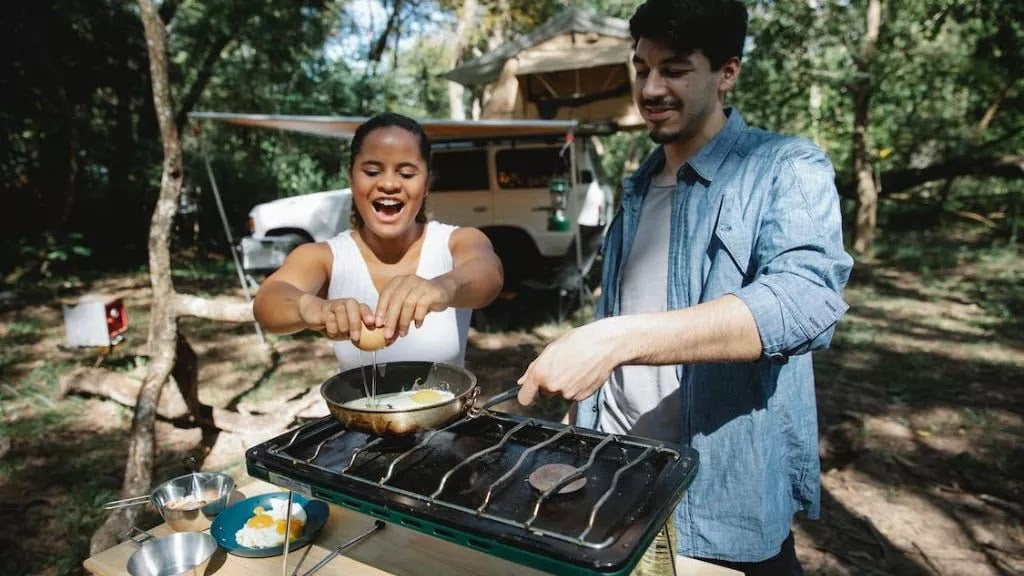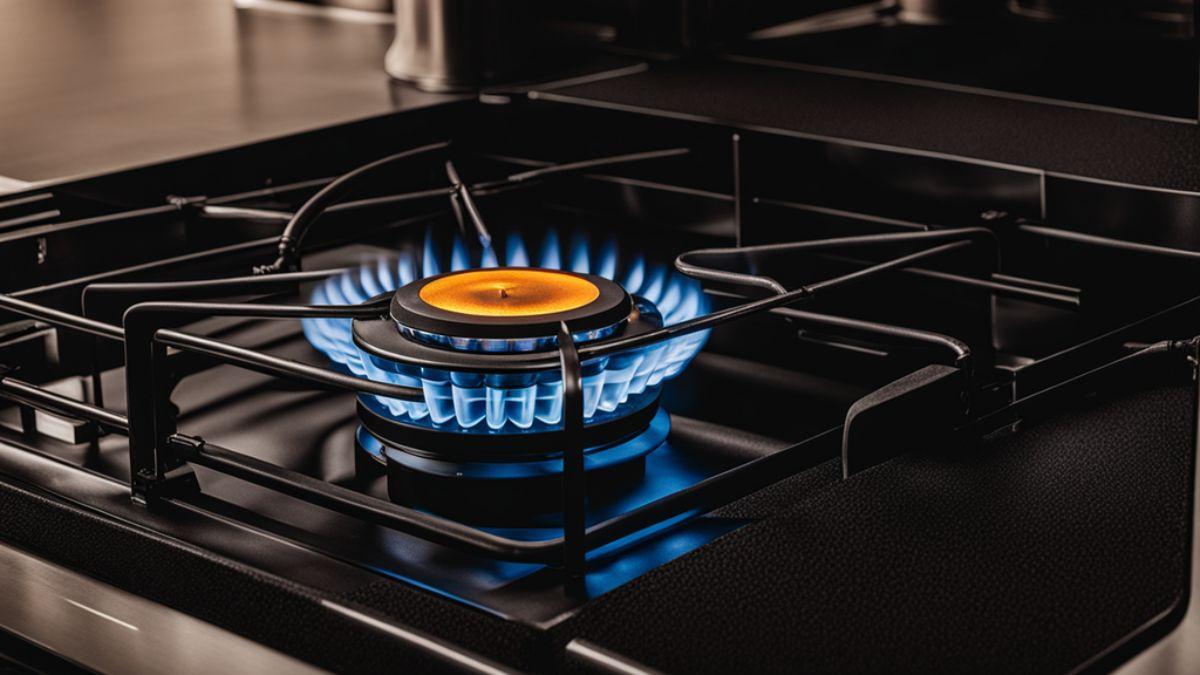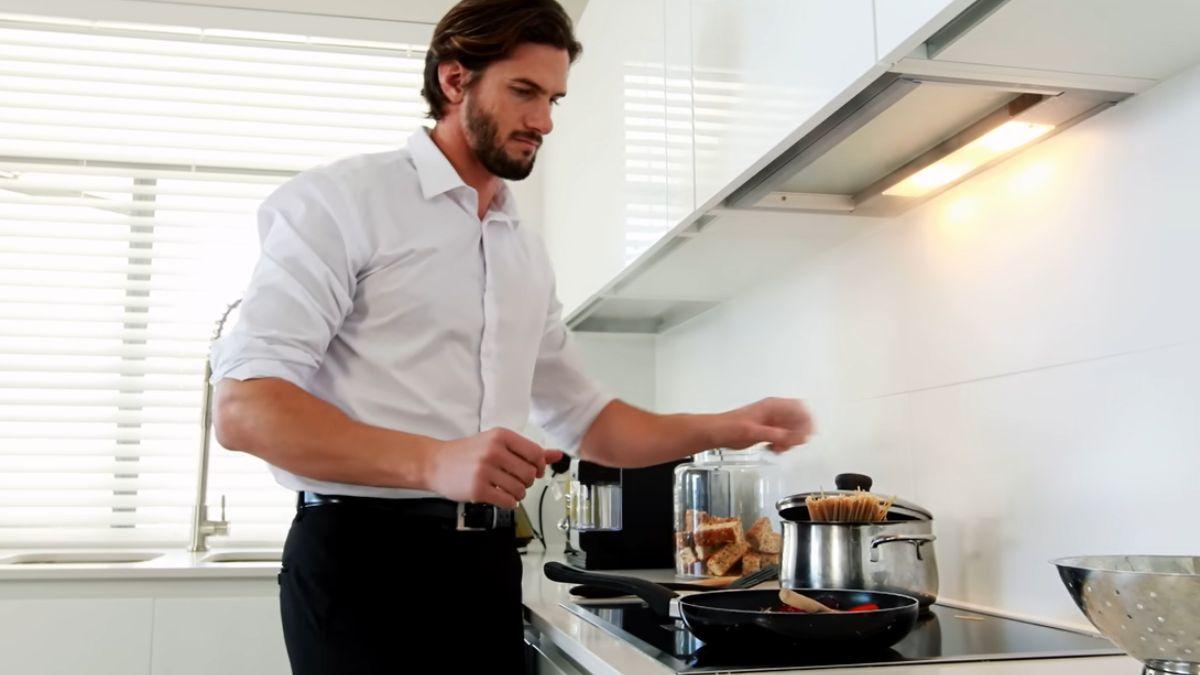
We may earn money or products from the companies mentioned in this post.
An electric stove can reach temperatures of up to 1,500 degrees Fahrenheit. The maximum temperature varies depending on the stove’s make and model.
Electric stoves are a kitchen staple in many homes, delivering a convenient and consistent heat source for cooking. These appliances convert electrical energy into heat, which is then used to cook food or boil water. Home cooks often choose electric stoves for their precise temperature control, ease of cleaning, and sleek design that fits well in modern kitchens.
The heat output from an electric stove is measured in watts, with higher wattage translating to higher temperatures and swifter cooking times. The ability to reach high temperatures quickly makes electric stoves an efficient tool for frying, searing, and achieving a perfect boil. Understanding the heat capacity of your electric stove can help you better manage your cooking experiences, ensuring perfectly prepared dishes every time.
Reed: How Hot Can an Electric Stove Burner Coil Get: Sizzling Facts!
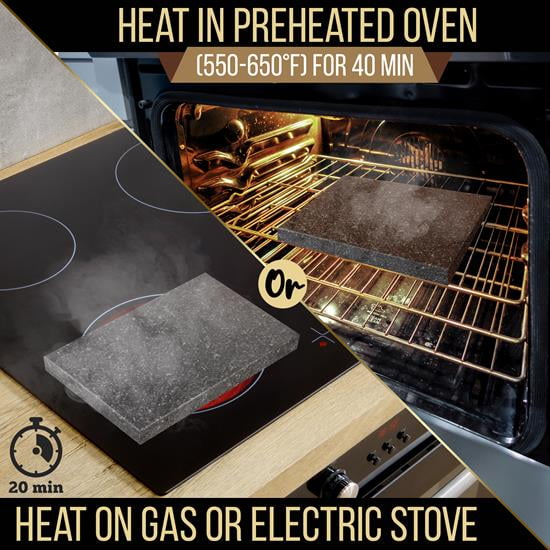
Credit: www.walmart.com
Electric Stove Temperatures Unveiled
Ever wondered just how hot your electric stove can get? When cooking, knowing the temperature capabilities of your stove can make a big difference. Let’s pull back the curtain on the heat output of electric stoves.
Peak Performance Figures
Electric stoves reach towering highs in the heat department. Two types of electric stoves exist: coil and smooth top. Each type has unique peak temperature ranges. Coil burners can hit between 675°F to 850°F. Smooth top surfaces typically max out a bit lower, around 800°F. The exact peak temperature can vary based on the make and model.
| Stove Type | Peak Temperature |
|---|---|
| Coil Burners | 675°F – 850°F |
| Smooth Top | Up to 800°F |
Comparing With Gas Stoves
Gas stoves and electric stoves heat differently. Gas stoves offer instant heat and easier temperature control. Electric stoves heat evenly and are better for baking and roasting. When comparing temperature, gas stoves can reach similar highs but the way dishes are cooked can feel different.
- Gas Stove
- Instant Heat
- Quick Temperature Changes
- Electric Stove
- Even Heat Distribution
- Ideal for Baking
Conclusion: Each stove type has unique benefits depending on your cooking style. Whether you prefer the precise control of gas or the consistent heat of an electric stove, understanding their temperature capabilities is key to mastering your culinary creations.
Reed: Discover Electric Stove Safety: How Hot Does Electric Stove Get?
Design That Drives The Heat
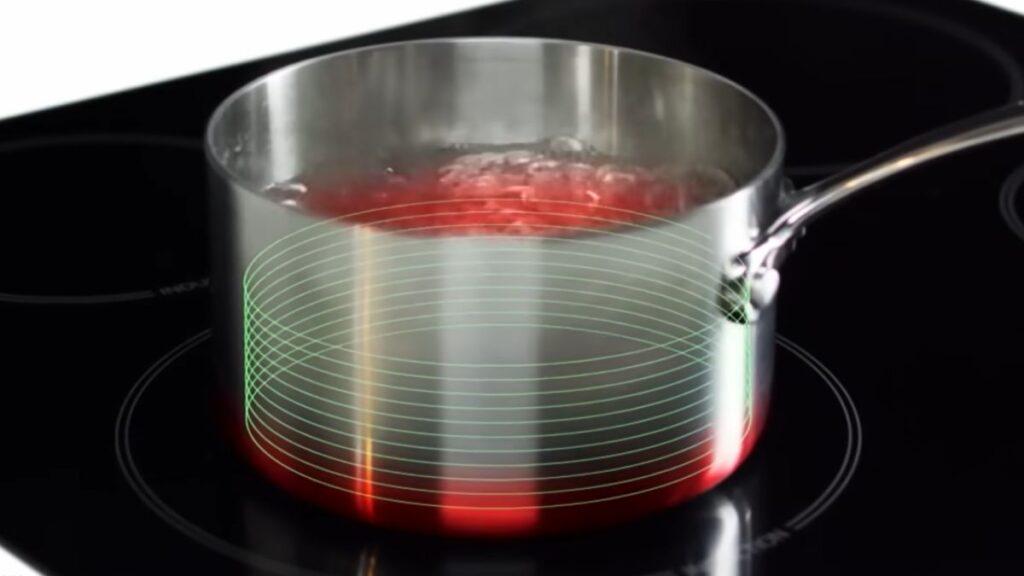
Understanding the design elements of an electric stove helps in knowing how they reach their maximum heat. Electric stoves are a central feature in kitchens, and their efficiency is crucial for cooking performance. Let’s dive into the specific design aspects that directly affect how hot they can get.
The Role Of Heating Elements
The heart of any electric stove is its heating elements. These are specially designed coils that convert electricity into heat. The heat then transfers onto the cookware, bringing your culinary creations to life.
- Coiled Elements: Found in traditional stoves, they directly heat cookware.
- Solid Elements: Typically glass or ceramic, they provide a smooth cooking surface.
- Induction Elements: Use magnetic fields to heat compatible cookware rapidly.
Materials And Maximum Heat
Different materials used in electric stoves influence their maximum heat output.
| Material | Heat Conductivity | Maximum Temperature (°F) |
|---|---|---|
| Aluminum | High | 1,221 |
| Copper | Very High | 1,984 |
| Stainless Steel | Moderate | 2,550 |
| Ceramic Glass | Low | 750-900 |
Electric stoves commonly reach a top temperature of around 300°C (570°F). This high heat allows for diverse cooking techniques. Advanced models can peak even higher, optimizing cooking times and results.
Reed: The Best Pots and Pans for Electric Stove: Save Time and Money
Measuring The Sizzle
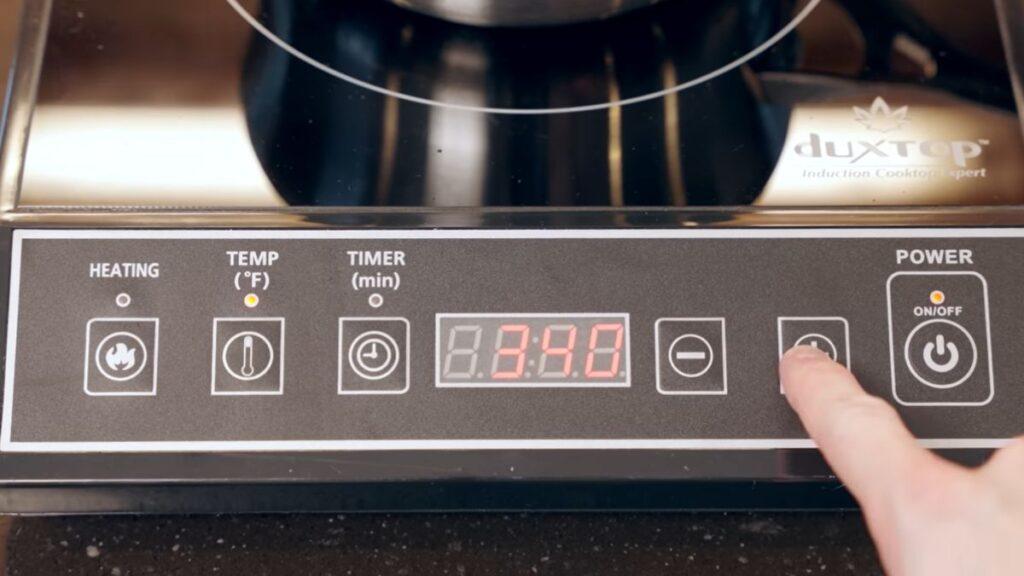
One key aspect of mastering the art of cooking is knowing how hot your electric stove can get. Grasping the maximum temperature potential can transform recipes from good to great. It’s all about the heat!
Temperature Controls And Settings
Electric stoves are known for their precise temperature controls. Unlike their gas counterparts, electric stoves adjust heat levels in steady increments. The level of heat matters in cooking.
Most electric stoves reach temperatures from 100°F to 800°F (38°C to 427°C).
They commonly feature settings labeled from low to high. Let’s turn up the heat with some details:
- Low setting: Ideal for simmering and delicate sauces.
- Medium setting: Best for regular cooking and sautéing.
- High setting: Use this for searing meats or boiling water quickly.
Tools To Gauge The Heat
Accuracy is essential in cooking, and certain tools can help you measure an electric stove’s temperature. Here are some you might find handy:
- Infrared thermometers: Point and shoot at the surface to get an instant reading.
- Heat-sensitive mats: Change color to indicate specific temperature ranges.
Using these tools ensures dishes are cooked perfectly, every time.

Credit: www.amazon.com
Reed: Unleash Culinary Excellence: Top 6 Pots and Pans for Gas Stoves
Impact On Cooking Mastery
Understanding how hot an electric stove can get transforms cooking from a mundane task to a culinary adventure. Mastering an electric stove’s temperature variations means more flavorful dishes and consistent results. Let’s explore ways to make that stove work for you.
Optimizing Recipes For Electric Stoves
Different stoves require different approaches. Here’s how to optimize your recipes for an electric stove:
- Preheat the pan longer than you might on a gas stove.
- Use flat-bottomed cookware for even heat distribution.
- Adjust cooking times as electric stoves take longer to change temperature.
Cooking mastery involves adapting. Electric stoves may heat up and cool down more slowly. Use this to your advantage for dishes that require steady heat.
Heat Management Techniques
Managing heat on an electric stove top requires finesse. Try these techniques:
- Rotate your pans. If your stove heats unevenly, rotate pans halfway through cooking.
- Use multiple burners. Start on one burner at a high temperature and move to another preheated at a low temperature to control the cooking process.
- Keep a thermometer handy to check the actual temperature of the plates or coils.
Remember, patience pays off when cooking on electric stovetops. Be responsive to how your stove performs and adjust accordingly to achieve cooking prowess.
Reed: Top-Rated Best Cookware for Gas Stoves: Revieaws and Recommendations
Safety Concerns And Precautions
An electric stove can get extremely hot, often reaching temperatures well above 500⁰F (260⁰C). Such high heat poses serious burn risks. This section addresses key safety practices to avoid accidents and injuries.
Escaping The Burn
Preventing burns is a top priority when using an electric stove. Always use oven mitts or pot holders. Keep flammable materials like towels and paper away from hot surfaces. Turn pot handles inward to prevent knocks. Here are some precautions:
- Supervision is key—Never leave cooking food unattended.
- Child safety—Keep children away from the kitchen while cooking.
- Stove guards—Consider installing stove guards to block accidental contact.
Maintenance To Prevent Mishaps
Regular upkeep of an electric stove minimizes risks. Keep it clean from grease and food debris, which can ignite at high temperatures. Inspect elements and wiring for signs of wear or damage. Follow this checklist:
- Wipe down the stove after every use with appropriate cleaners.
- Check for loose connections or frayed wires monthly.
- Replace faulty parts immediately, preferably by a professional.
Adherence to these practices ensures a safer cooking environment. Prevent accidents through vigilance and maintenance.
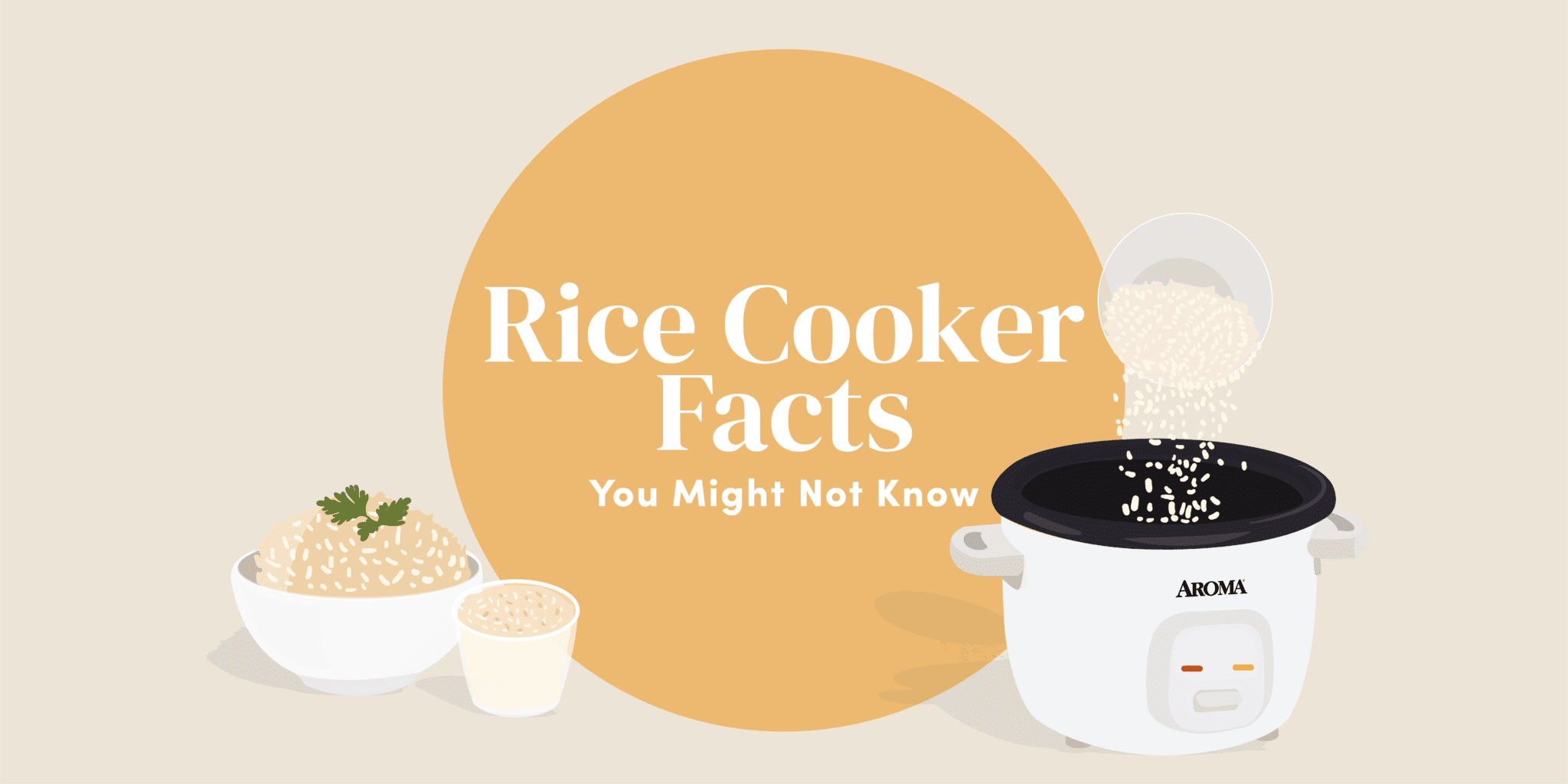
Credit: www.aromaco.com
Frequently Asked Questions For How Hot Can An Electric Stove Get
How Hot Does An Electric Stove Get On High?
Can You Overheat An Electric Stove?
What Is 400 Degrees On A Stove Top?
Are Electric Stoves Hotter Than Gas?
Conclusion
Understanding your electric stove’s temperature capabilities is essential for cooking precision and safety. Typically, stoves reach between 212°F to 300°F on low settings, soaring upwards of 500°F to 650°F on high. Always consult the manufacturer’s specifications for model-specific information. Properly gauging these heat levels will ensure delectable results and prolong your appliance’s lifespan.
Happy, safe cooking!



